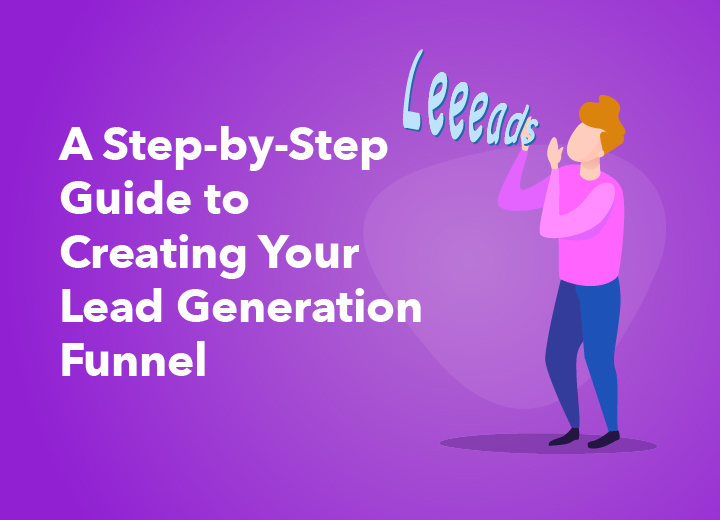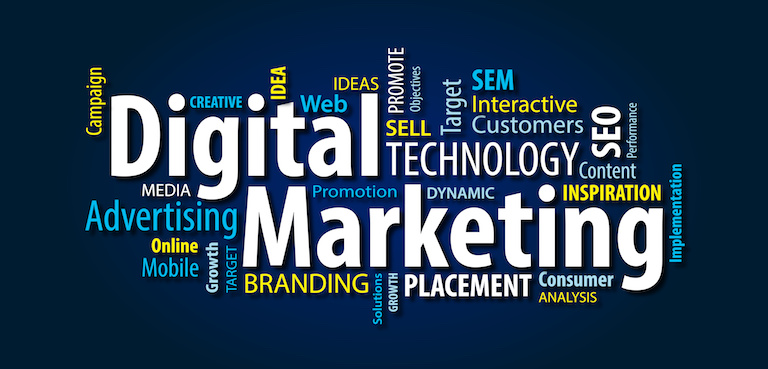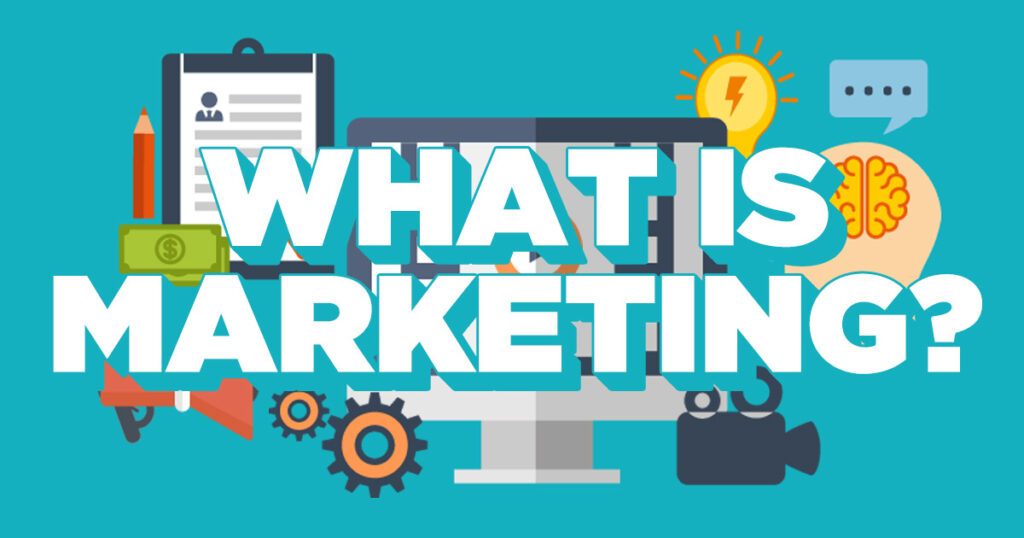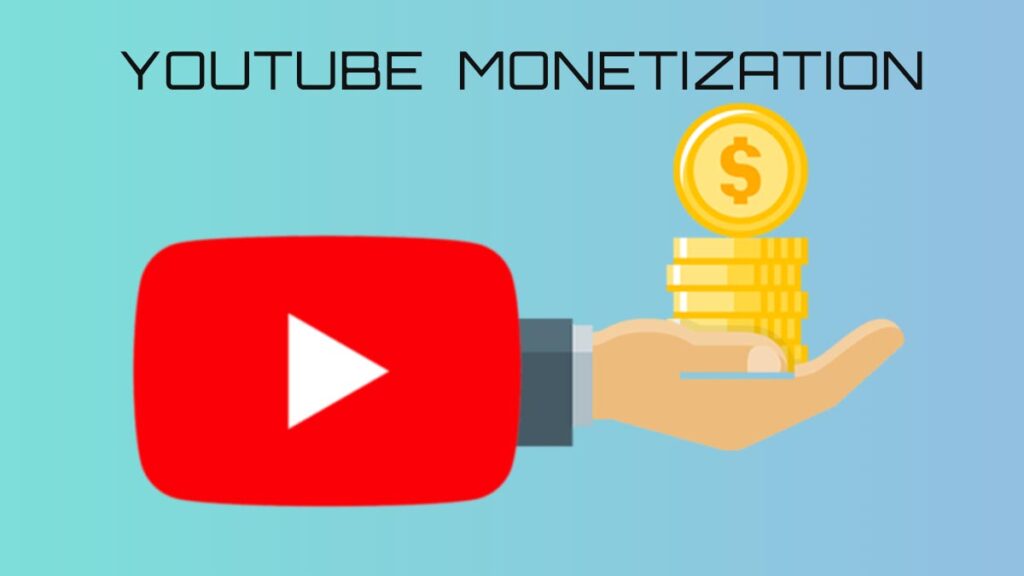You need to get people’s attention to your lead magnet, which means you need to drive traffic to the lead magnet.
In this article, we’ll briefly discuss it because this is something you all know very well and very proficient with.
To set up your lead generation campaign, you need
- your audience
- lead capture and lead magnet delivery mechanism and
- a traffic campaign
Let’s talk about each briefly.
1. Audience
You should have this covered because you already know who your audience is and defined them while creating the lead magnet.
2. Setting up lead generation machine
Once you have decided the audience, you should set up your lead capture and lead magnet delivery mechanism.
This involves:
- a page that people can visit, learn about your lead magnet.
- A lead form your audience needs to fill before they can access your lead magnet.
- A thank you page where you deliver the lead magnet.
- An email software or CRM tool where you store the leads.
- An integration connecting your squeeze page to the email software
I’ll quickly explain each one.
A. Squeeze page:
Squeeze page or landing page is where you put up the details about your lead magnet.
You can use one of the landing page tools like OptinChat or Unbounce or tools like Thrive or Elementor.
There are plenty of tools out there. You can learn more about them in detail in my digital marketing tools training program.
You can pick whichever suits your need and budget.
B. Lead Form:
Your lead-form plays a crucial role in your lead generation performance.
The number of leads and the quality of your leads you get is directly proportional to the number of fields in your lead form.
If you want more leads, you should limit your lead form to one or two fields max. You can ask for an email address only or the first name and email address.
But if you are a b2b business with a longer sales cycle, you might need to collect more details like name, email, business type, website name, profession, number of employees etc.
As the number of details, you ask increases, the number of leads you get decreases, but it also increases the quality of the lead.
C. Thank you page:
The third component is the thank you page that comes after people fill in the details.
What goes on this page depends on how you deliver the lead magnet.
If you are delivering the lead magnet immediately after the form is filled, your thank-you page can give the download link or a link to access the lead magnet with instructions on how people can access the lead magnet.
If you are delivering it via email, you can instruct the leads on how to confirm their email subscription to get the lead magnet and whitelist your email address.
You can also use this page to ask them to connect with you on different social networks.
Or you can share testimonials from your happy customers.
This probably is the most underrated page ever been used in lead generation.
D. Email or CRM tool:
The next is the email or CRM tool.
You need to communicate with your leads, aka email list.
To communicate your email list you need to send them emails – indoctrination sequence that introduces you and your product or services to them, nurturing series that educates them about the problem and solution, and a sales sequence that persuades them to make the purchase.
You need an email platform or tool to send the emails, tag the audience as they interact with your emails, and so on.
Now you might need a simple email platform or a full-fledged CRM depending on your business, sales cycle etc.
The last thing is integrating all these pieces.
E. Integration
You need to connect your squeeze page to your email tool and thank you page etc.
You need to automate the entire process, so when your lead submits their detail, his details are posted to your CRM or email tool, and he or she also gets the lead magnet delivered.
Most of the landing page builders and email tools have the facility to integrate these things.
But if your tool doesn’t have native integration, you can connect them and make them talk with external apps like Zapier.
And there you go.
Your lead capture and the delivery machine is ready.
And you don’t need to worry much about the cost of setting up this machine. You can set up this mechanism or system without spending much or even free.
The email tools are free up to a certain number of leads, and landing page tools are free to start with some traffic limitations. And so on.
Ok, so, you have the lead magnet and the lead capture/delivery machine ready.
3. Traffic
Next comes the attention, aka traffic part.
You can choose either the less-cost, more-time consuming organic approach or more- cost but quick results paid approach to drive traffic to your landing page.
I’d recommend the paid approach because it can help you validate your lead magnet idea and audience quicker, helping you make sure you are on the right track.
Because the organic route takes a while to get the results, and it might delay validating your idea.
It might be crucial to validate your idea as early as possible because if your idea/audience is wrong, you might have wasted your precious time on the wrong idea.
Regardless of the approach you choose, you also have to select the platforms or networks and formats.
You need to decide whether to focus on Facebook or Twitter or LinkedIn or Instagram as your primary channel for organic or paid promotion.
You also need to decide whether you want to go with text first content approach or video first approach or audio first approach for organic approach.
That’s it.
You are ready to drive traffic to your lead magnet and build leads.
With that, you are half-way on the lead generation game.





